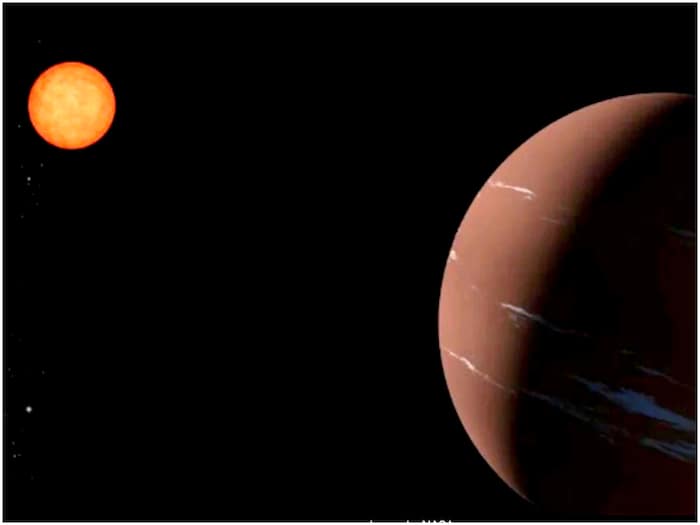
By clicking “Accept All Cookies”, you agree to the storing of cookies on your device to enhance site navigation, analyze site usage, and assist in our marketing efforts Cookies Policy.

Super Earth: In a major breakthrough, American space agency NASA has claimed to have discovered a “super-Earth”, a planet capable of supporting life, which is located 137 light-years away from our blue planet. In a press release, the space agency stated that the ‘super-Earth’ orbits a reddish star and is relatively close to Earth. “A ‘super-Earth’ ripe for further investigation orbits a small, reddish star that is, by astronomical standards, fairly close to us – only 137 light-years away. The same system also might harbour a second, Earth-sized planet.”
As per the press release, the planet is named TOI-715 b which is approx. one and a half times as wide as Earth. The newly discovered planet orbits within the “conservative” habitable zone around its parent star. This indicates that TOI-715 may form liquid water on its surface. interestingly, ‘super-Earth’ completes a full orbit (a year) in just 19 days.
“Several other factors would have to line up, of course, for surface water to be present, especially having a suitable atmosphere. But the conservative habitable zone – a narrower and potentially more robust definition than the broader ‘optimistic’ habitable zone – puts it in prime position, at least by the rough measurements made so far. The smaller planet could be only slightly larger than Earth, and also might dwell just inside the conservative habitable zone,” the release said.
TOI-715 circles a red dwarf star, which is relatively smaller and cooler than our yellow Sun. It is worth noting that several stars, like this star, are known to host “small, rocky worlds.”. “These planets make far closer orbits than those around stars like our Sun, but because red dwarfs are smaller and cooler, the planets can crowd closer and still be safely within the star’s habitable zone. The tighter orbits also mean those that cross the faces of their stars – that is, when viewed by our space telescopes – cross far more often,” NASA said in the release.
NASA’s Transiting Exoplanet Survey Satellite (TESS) was responsible for finding the new planet. The planet’s shorter orbital period helps scientists in effectively detecting and studying it. The space agency intends to examine the planet further using the James Webb telescope, with much of the investigation depending on the planet’s specific properties.
“Much will depend on the planet’s other properties, including how massive it is and whether it can be classed as a “water world” – making its atmosphere, if present, more prominent and far less difficult to detect than that of a more massive, denser and drier world, likely to hold its lower-profile atmosphere closer to the surface,” NASA said in the release.
For breaking news and live news updates, like us on Facebook or follow us on Twitter and Instagram. Read more on Latest Science and Technology News on India.com.